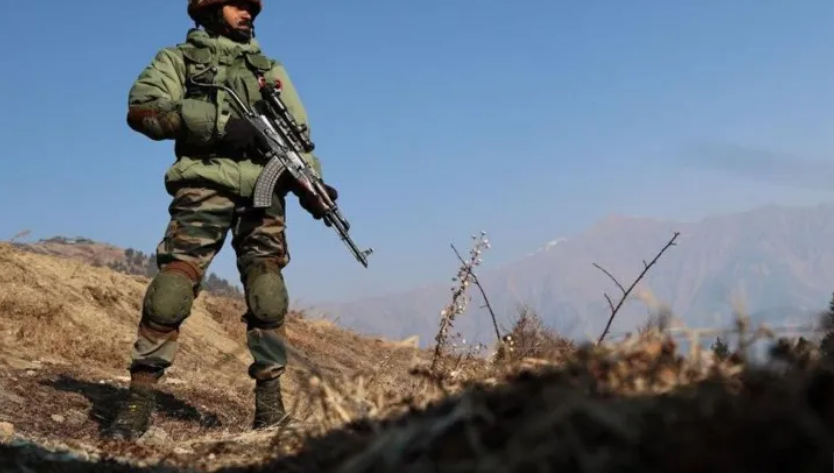The recent deadly militant attack in Pahalgam, which killed 26 civilians in Indian-administered Kashmir, has plunged South Asia into a familiar cycle of confrontation, retaliation, and diplomatic strain between India and Pakistan.
The incident, targeting Indian tourists rather than security personnel, has sparked comparisons to the 2008 Mumbai attacks and prompted swift retaliatory actions from New Delhi. In a region marked by decades of conflict, the latest attack has rekindled fears of escalation between the two nuclear-armed neighbours.
In the days following the assault, India responded with a series of punitive measures. These included closing the main border crossing with Pakistan, suspending a longstanding water-sharing treaty under the Indus Waters Treaty, halting visa issuance, and expelling Pakistani diplomats. Airspace restrictions were imposed on Pakistani aircraft, mirroring reciprocal moves from Islamabad, which also suspended a 1972 peace agreement.
Kashmir, claimed in full by both nations but controlled in parts, has long been a flashpoint. This latest attack comes amid a period of relative calm in the region, making the targeting of civilians especially jarring. Former Indian High Commissioner to Pakistan, Ajay Bisaria, who witnessed a similar crisis during the 2019 Pulwama bombing, noted the unsettling similarities — but with a shift in target and tone.
“This attack carries elements of Pulwama, but much more of Mumbai,” Bisaria said. “We’re once again in a conflict situation, and the story is unfolding in much the same way.”
India has blamed Pakistan-based militant group Jaish-e-Mohammad (JeM) for the attack, a group previously implicated in past assaults including Pulwama. Pakistan has denied involvement, as it has in previous incidents.
Following the Pulwama bombing, India launched airstrikes deep into Balakot, Pakistan — a rare military move not seen since the 1971 war. While no such strikes have occurred yet in response to the Pahalgam attack, tensions are rising, and troop exchanges along the Line of Control have already begun.
Despite the hardline response, diplomatic channels remain technically open. Hotline communication between the two nations’ military leaders and embassies continues, though staffing has been reduced sharply.
“This is a critical juncture,” Bisaria warned. “While escalation appears likely, there is still a visible instinct to de-escalate. The key lies in balancing strategic objectives with restraint.”
As both nations weigh their next moves, the region once again stands on edge — with diplomacy and deterrence in a fragile and uncertain balance.


